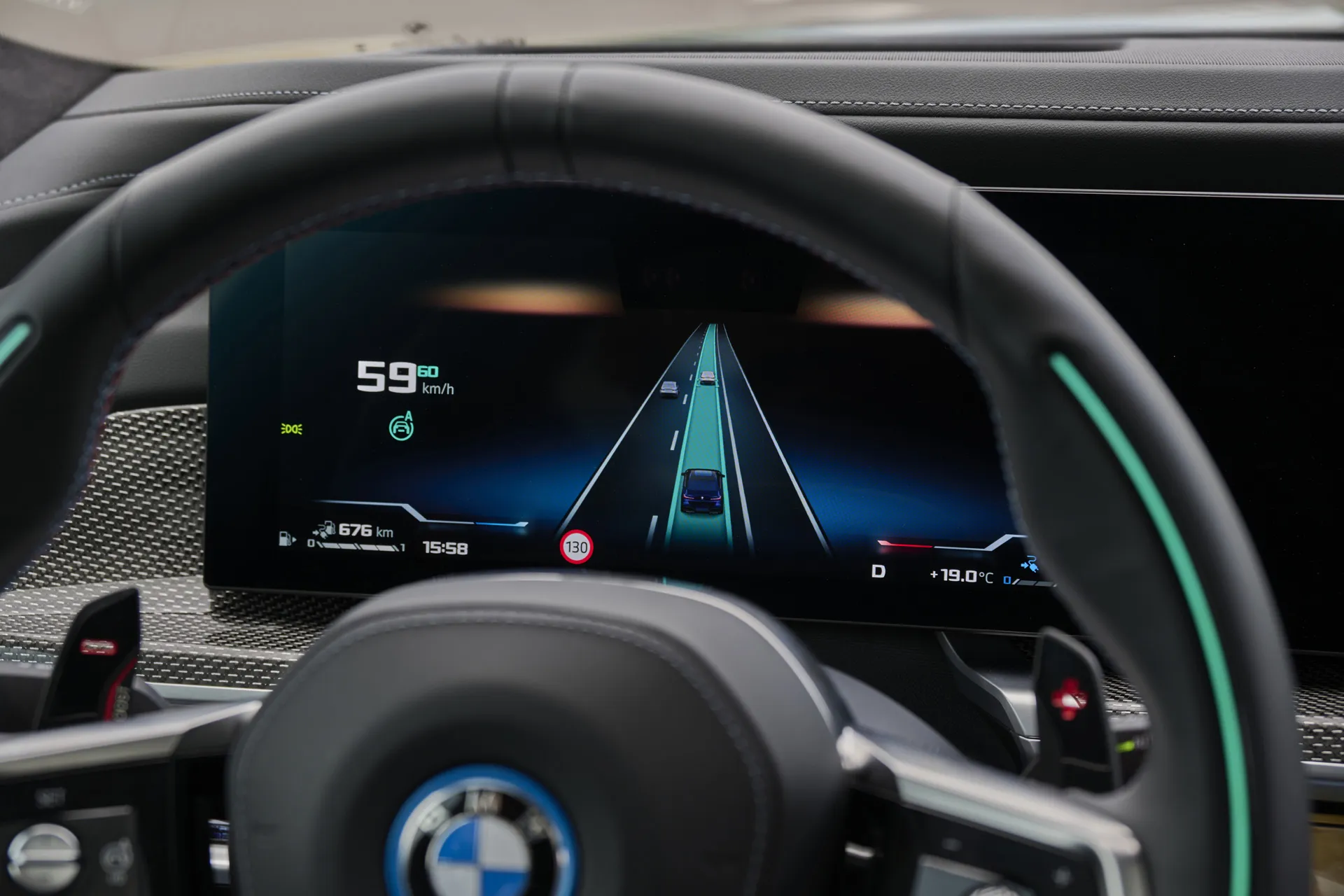
BMW is the latest automaker to launch an automated driver-assist system ranked at Level 3 on the SAE scale of self-driving capability.
Level 3 means a driver is free to let go of the steering wheel and look away from the road for short periods, but needs to be ready to take back control quickly and at any time. Rival systems like those offered by General Motors and Tesla rank at Level 2, as they require constant monitoring from the driver.
BMW's system is known as Personal Pilot L3, and it launches in the 7-Series flagship sedan next March, though only in Germany initially, where adding it will cost 6,000 euros (approximately $6,400).
Personal Pilot L3 is designed for divided highways but only single-lane driving at present, and at a maximum speed of 37 mph (60 kph). It will do all of the driving, including managing the speed, the distance to the vehicle in front, and the position within the lane.

BMW's system also functions at night, which isn't the case for Mercedes-Benz's Drive Pilot, the first Level 3 driver-assist system to be brought to market. Apart from missing out on night driving, Drive Pilot delivers similar capabilities to Personal Pilot L3, but Mercedes has stated it wants to lift its system's speed range from a current 40 mph to 80 mph. Drive Pilot was also initially available in Germany only, but it has since expanded to the U.S., though it only functions in California and Nevada at present due to sufficient regulations in those states when it comes to self-driving cars.
As is the case with Drive Pilot, Personal Pilot L3 only functions on select roads that have live map data. The system is controlled by various sensors, including lidar and a 5G connection to a BMW cloud for access to the latest map data.
When the vehicle's GPS detects the vehicle is on a suitable stretch of road and traveling within the specific speed range, the driver will be notified and he or she can then activate Personal Pilot L3 using a button on the steering wheel. The driver is then free to do other tasks, with visual and audible signals used to alert them when it is time to take back control. If the driver does not respond as required, the vehicle is brought to a controlled standstill.
Level 4 is the first level where a car can handle itself for extended periods without intervention from a driver, but still with some set conditions, though such systems are currently limited to robotaxi services like Alphabet's Waymo One. Companies are developing Level 4 systems for private vehicles though timing is uncertain. Level 5 is the ultimate goal, as it would mean a vehicle with the same capabilities as a human driver.
source: https://www.motorauthority.com/news/1141401_bmw-offers-level-3-automated-driver-assist-system-in-7-series
by Viknesh Vijayenthiran
http://www.boscheuropean.com

